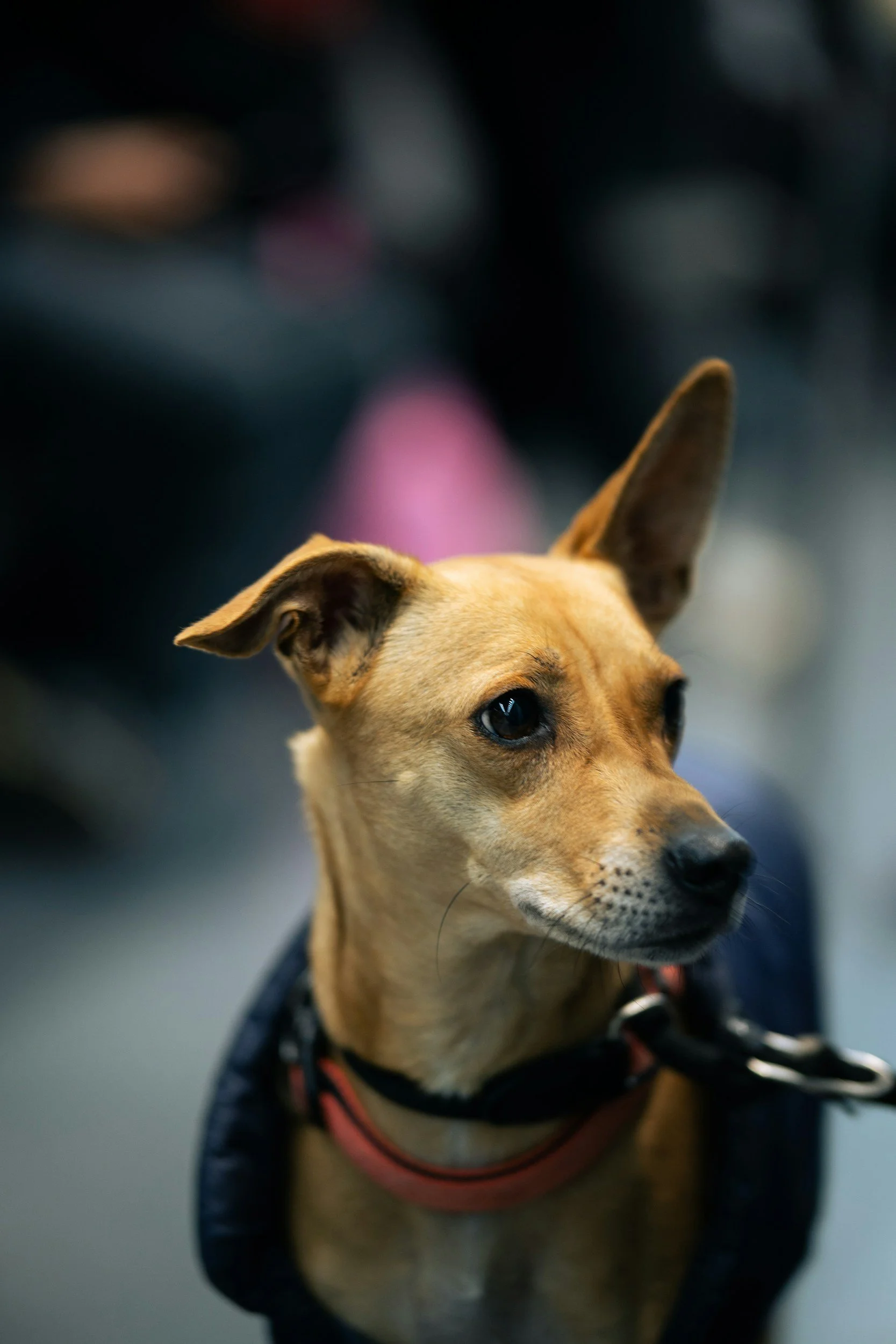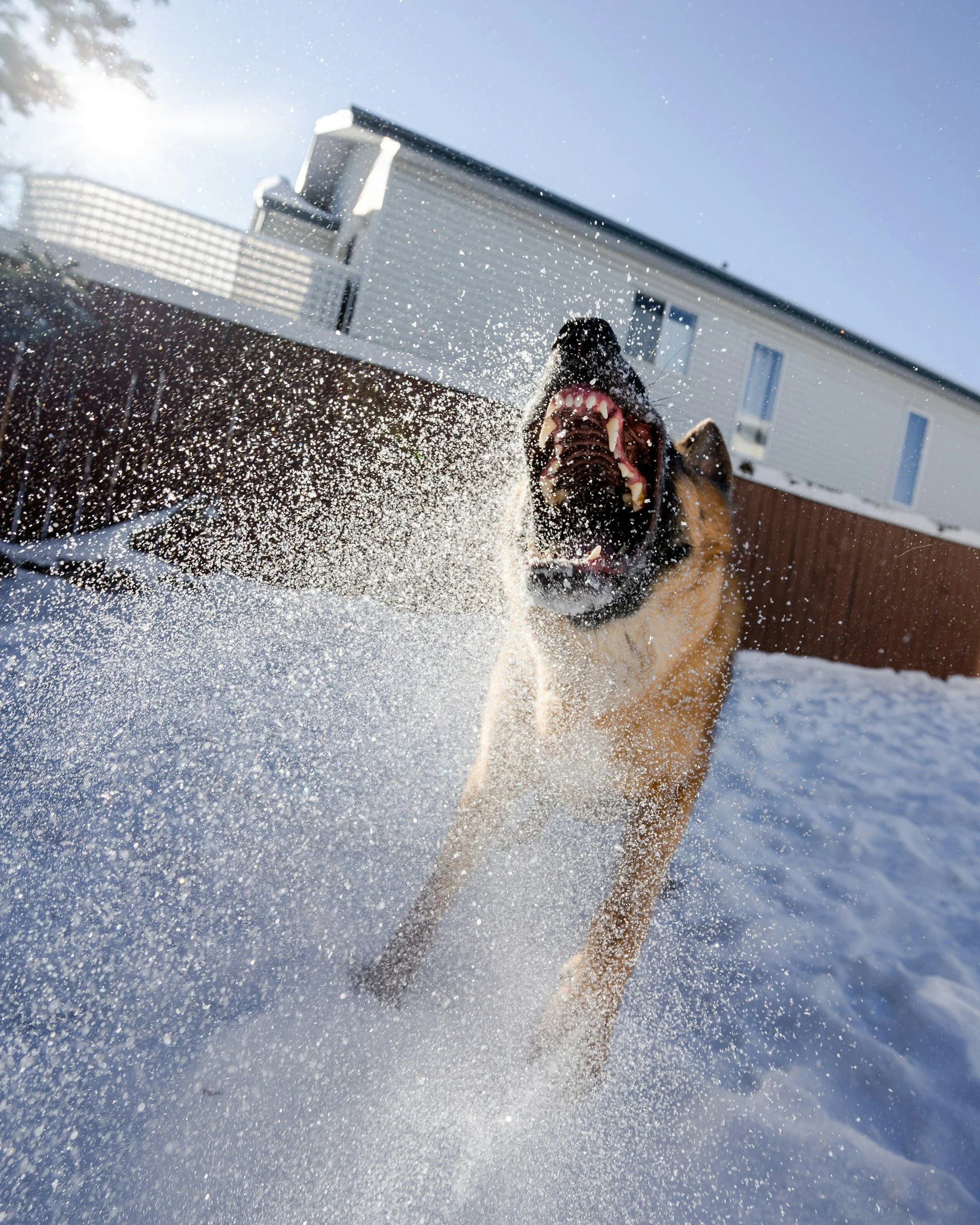Why do you keep training your reactive dog and see no results?
I remember this from my own experience. I hear it from dog owners reaching out to me. If you struggle with your dog being reactive and feel like nothing works, you’re not alone. And let’s get this straight: your dog is not untrainable or too old to learn new things. You just haven’t received the help you need yet. Let me try pointing you the right direction.
Do you know reasons behind your dog’s behavior?
Often people have no idea why their dog behaves aggressively / anxiously. Sometimes they overcompensate and label behaviors with “he is a Doberman, they’re always anxious” or “that’s a Shiba Inu, they can’t ever be trusted off leash”. Your first task with your dog trainer should always be in gathering hypotheses to understand the cause. Tricky part is, there is almost never THE cause but multiple factors influencing your dog’s behavior. For example, leash reactivity is often caused by these things mixed together:
Low frustration tolerance — your dog wants to have contact to other dogs
Negative experiences — your dog was attacked by other dogs
Hormonal changes — puberty, for example, is defined by dogs being impulsive
Social & territorial factors — your dog barks only at specific dogs / in specific places / with specific people
Self-reinforcement — barking feels good and leads to a result your dog wants
Once you’ve gathered your “reasons why”, it’s time to work on these, one by one.
Treating a symptom or a problem?
I know from my own experience, that often when you come to a dog trainer with a reactive dog, they usually give you one of these “solutions”:
Distract your dog with toys or treats
Let your dog get used to a presence of other dogs
Correct unwanted behavior physically
Avoid problematic situations, walk on a bigger distance around triggers
The thing is, following these strategies won’t resolve your problem. And in some cases, doing some of these may strengthen unwanted behaviors.
Do you have a structure?
Instead of jumping into cold water unequipped, you need a clear preparation plan. In most cases, working on your main problem will happen at the end of your training plan. For example, a typical plan for working with leash reactivity looks like this:
Relationship check so that your dog takes you seriously
Frustration tolerance — your dog can deal with heavy emotions
Mindset work for you to understand what does “leading a dog” exactly mean
Resolving side-conflicts to learn how to communicate and polish your techniques
Basic obedience — a skillset for your dog
Resolving main problem — working fully equipped and experienced
If you see no results of your actions, it makes no sense to continue doing absolutely the same. Yes, teaching a dog to, let’s say, stop barking at other dogs takes time, and only your dog can define the pace you walk. But please don’t confuse “being stuck” with “moving slowly towards your goal”. Walking this way alone isn’t easy — talk to me if you want someone experienced showing you the way.



